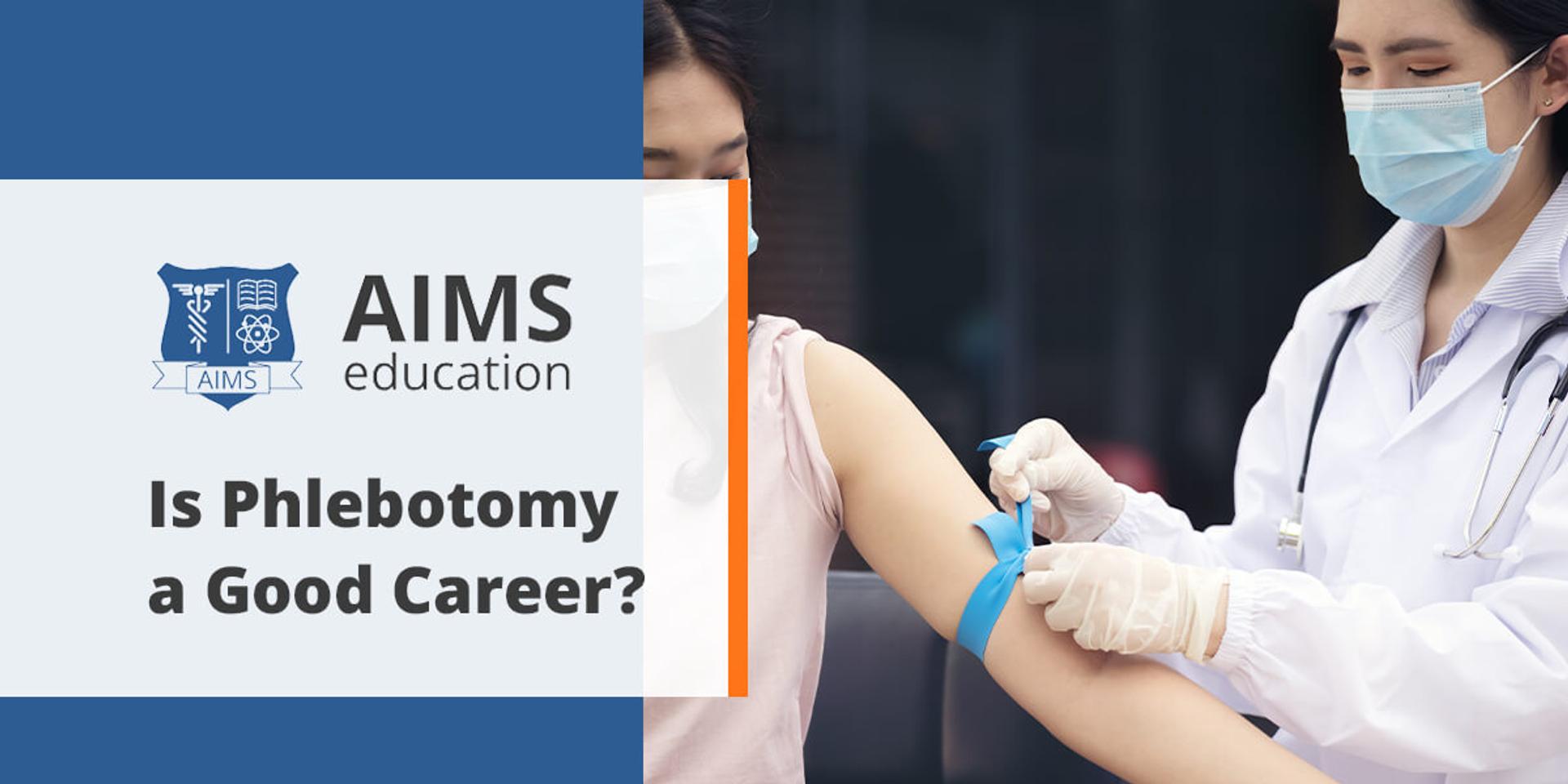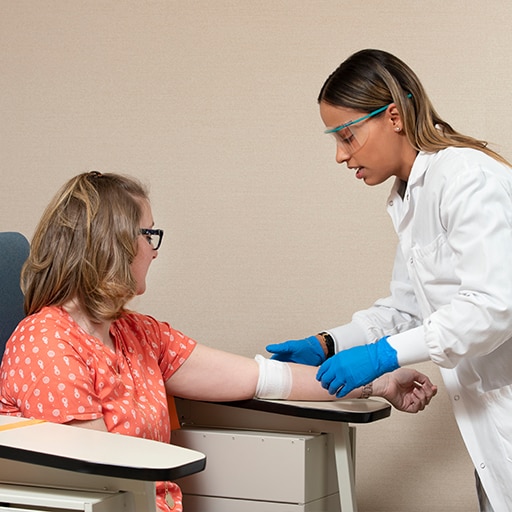How Northeast Medical Institute - New Haven Campus Phlebotomy Course & Cna Class can Save You Time, Stress, and Money.
How Northeast Medical Institute - New Haven Campus Phlebotomy Course & Cna Class can Save You Time, Stress, and Money.
Blog Article
The Best Guide To Northeast Medical Institute - New Haven Campus Phlebotomy Course & Cna Class
Table of ContentsAll about Northeast Medical Institute - New Haven Campus Phlebotomy Course & Cna ClassFacts About Northeast Medical Institute - New Haven Campus Phlebotomy Course & Cna Class UncoveredA Biased View of Northeast Medical Institute - New Haven Campus Phlebotomy Course & Cna ClassThe Of Northeast Medical Institute - New Haven Campus Phlebotomy Course & Cna ClassThe 6-Minute Rule for Northeast Medical Institute - New Haven Campus Phlebotomy Course & Cna ClassThe Single Strategy To Use For Northeast Medical Institute - New Haven Campus Phlebotomy Course & Cna Class
The usage of such gadgets must be gone along with by other infection prevention and control practices, and training in their usage.For setups with reduced sources, expense is a driving consider procurement of safety-engineered devices - Phlebotomy Training. Where safety-engineered devices are not available, experienced usage of a needle and syringe serves. Unintended exposure and particular information concerning a case must be taped in a register. Support solutions need to be promoted for those who undertake unexpected direct exposure.
labelling); transport problems; interpretation of results for scientific monitoring. In an outpatient department or clinic, offer a committed phlebotomy cubicle containing: a clean surface with two chairs (one for the phlebotomist and the other for the person); a hand wash basin with soap, running water and paper towels; alcohol hand rub. In the blood-sampling room for an outpatient department or center, supply a comfy reclining couch with an arm rest.
The Greatest Guide To Northeast Medical Institute - New Haven Campus Phlebotomy Course & Cna Class
Guarantee that the indicators for blood sampling are clearly specified, either in a composed method or in recorded instructions (e.g. in a research laboratory type). Accumulate all the devices required for the procedure and area it within safe and very easy reach on a tray or trolley, making certain that all the products are plainly visible.
Where the person is adult and mindful, adhere to the steps detailed listed below. Introduce on your own to the patient, and ask the individual to state their complete name. Check that the research laboratory form matches the client's identification (i.e. match the client's details with the laboratory kind, to make sure precise identification). Ask whether the license has allergic reactions, phobias or has ever before collapsed throughout previous shots or blood draws.
Make the individual comfy in a supine placement (if possible). Location a clean paper or towel under the patient's arm. Go over the examination to be done (see Annex F) and obtain verbal permission. The client has a right to reject an examination at any moment before the blood tasting, so it is vital to make sure that the patient has understood the treatment.
All About Northeast Medical Institute - New Haven Campus Phlebotomy Course & Cna Class
Extend the client's arm and inspect the antecubital fossa or lower arm. Find a capillary of an excellent size that is noticeable, straight and clear.
DO NOT place the needle where veins are read this article diverting, because this boosts the possibility of a haematoma. Finding the capillary will certainly help in determining the proper size of needle.
Haemolysis, contamination and presence of intravenous fluid and medication can all alter the results (39. Nursing personnel and medical professionals may access main venous lines for specimens adhering to procedures. Nonetheless, samplings from central lines bring a risk of contamination or wrong research laboratory test outcomes (https://hearthis.at/marvin-gordon/set/northeast-medical-institute-new-haven-campus-phlebotomy-course-cna-class/). It serves, but not excellent, to injure specimens when first introducing an in-dwelling venous device, before attaching the cannula to the intravenous liquids.
Not known Details About Northeast Medical Institute - New Haven Campus Phlebotomy Course & Cna Class
Failure to enable adequate call time increases the danger of contamination. DO NOT touch the cleansed website; in particular, DO NOT put a finger over the blood vessel to lead the shaft of the exposed needle.
Ask the individual to create a fist so the capillaries are a lot more noticeable. Enter the capillary quickly at a 30 degree angle or less, and remain to present the needle along the blood vessel at the most convenient angle of access - PCT Classes. As soon as sufficient blood has been collected, release the tourniquet BEFORE withdrawing the needle
The Single Strategy To Use For Northeast Medical Institute - New Haven Campus Phlebotomy Course & Cna Class
Withdraw the needle gently and use gentle pressure to the website with a clean gauze or completely dry cotton-wool sphere. Ask the individual to hold the gauze or cotton wool in area, with the arm expanded and increased. Ask the patient NOT to flex the arm, since doing so causes a haematoma.

Everything about Northeast Medical Institute - New Haven Campus Phlebotomy Course & Cna Class
Do not press the syringe bettor due to the fact that additional stress increases the risk of haemolysis. Where feasible, keep televisions in a rack and relocate the rack towards you. Infuse downwards right into the suitable coloured stopper. DO NOT eliminate the stopper because it will launch the vacuum cleaner. If the sample tube does not have a rubber stopper, inject very gradually into television as minimizing the pressure and speed utilized to move the sampling reduces the risk of haemolysis.

Report this page